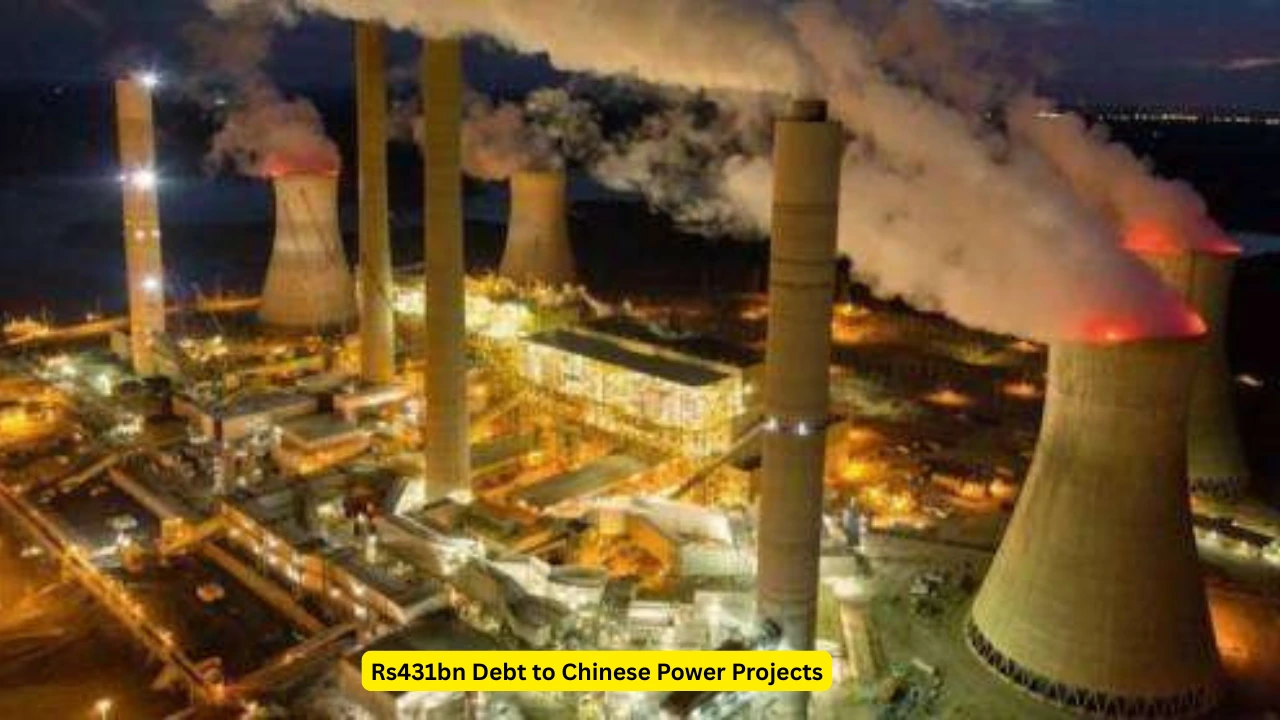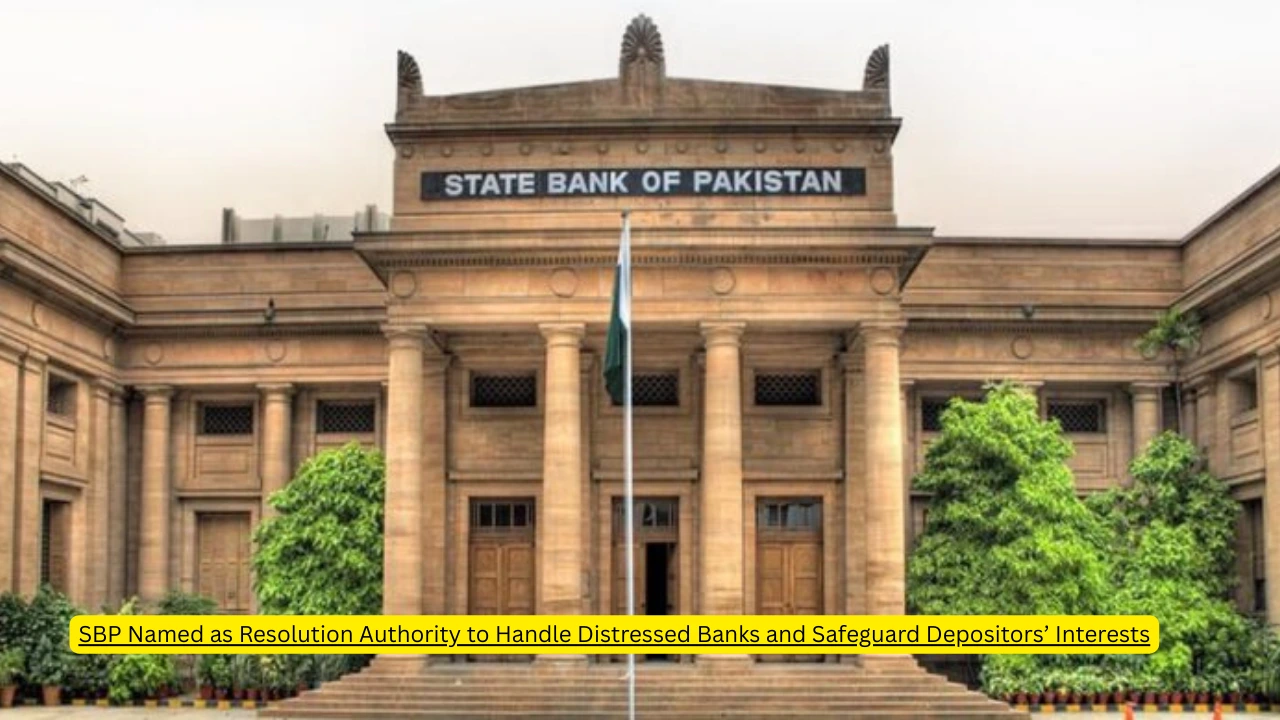Introduction: A New Financial Standoff
Pakistan’s energy sector is facing a major challenge. More than Rs431bn is owed to Chinese power projects. The issue has now turned into a heated clash between the Power Division (PD) and the State Bank of Pakistan (SBP). The disagreement centers on the repatriation of funds to Chinese investors. This crisis is raising new questions about Pakistan’s financial stability and its relationship with China under CPEC. The Chinese Power Projects Debt is not just a number — it’s a test of Pakistan’s economic management.
The Scale of the Chinese Power Projects Debt
The figure of Rs431bn reflects years of mounting obligations. These debts include capacity payments, overdue tariffs, and other financial commitments. For Chinese firms operating under CPEC, the delay in payments has created concerns. They expect smooth repatriation of profits. But Pakistan’s tight foreign exchange reserves are making it difficult.
Why the PD and SBP Are at Odds
The Power Division (PD) wants quick settlement. They believe paying off these obligations is essential to keep Chinese companies running. The SBP, however, fears large outflows will put pressure on Pakistan’s reserves. Their cautious approach has triggered friction. This clash between PD and SBP reflects a broader dilemma: how to honor commitments while protecting financial stability.
Impact on CPEC Relations
CPEC is considered the backbone of Pakistan-China economic ties. But delays in payments and repatriation disputes could shake investor confidence. For China, the Chinese Power Projects Debt signals risk. For Pakistan, it creates the fear of slowing down ongoing projects. Smooth financial cooperation is crucial to keep CPEC momentum alive.
Wider Economic Consequences
This standoff has ripple effects:
- Energy Security: Delays in payments can disrupt power supply agreements.
- Investor Confidence: Foreign investors may hesitate to fund future projects.
- Debt Burden: Pakistan’s external debt management becomes harder.
- Bilateral Relations: Diplomatic strain may arise if issues persist.
The Chinese Power Projects Debt is not only an economic problem but also a geopolitical challenge.
Possible Solutions Under Debate
Experts suggest a balanced approach:
- Phased Payments: Settling dues in smaller tranches to ease forex pressure.
- Policy Coordination: Better alignment between PD and SBP policies.
- Fresh Agreements: Negotiating with Chinese firms for revised timelines.
- Financial Support: Exploring IMF or friendly country support for temporary relief.
These options could help Pakistan manage its Chinese Power Projects Debt without damaging reserves.
Lessons for Pakistan’s Economy
The current crisis highlights structural issues:
- Heavy reliance on imported energy.
- Weak forex management.
- Policy misalignment between institutions.
Pakistan must use this moment to rethink energy policy. More investment in renewables, better debt planning, and stronger institutional coordination are essential.
Conclusion: A Test of Policy and Partnership
The Rs431bn owed to Chinese power projects is more than a financial figure. It’s a test of Pakistan’s ability to manage external debt, protect reserves, and maintain trust with China. The clash between PD and SBP over repatriation shows the difficulty of balancing domestic stability with international obligations.
For Pakistan, resolving the Chinese Power Projects Debt quickly and fairly is vital. Failure to do so could harm both CPEC and the wider economy. Success, on the other hand, would restore confidence and strengthen the Pakistan-China partnership for the future.If you interested Govt Decides to Deregulate Sugar Sector then click here.


